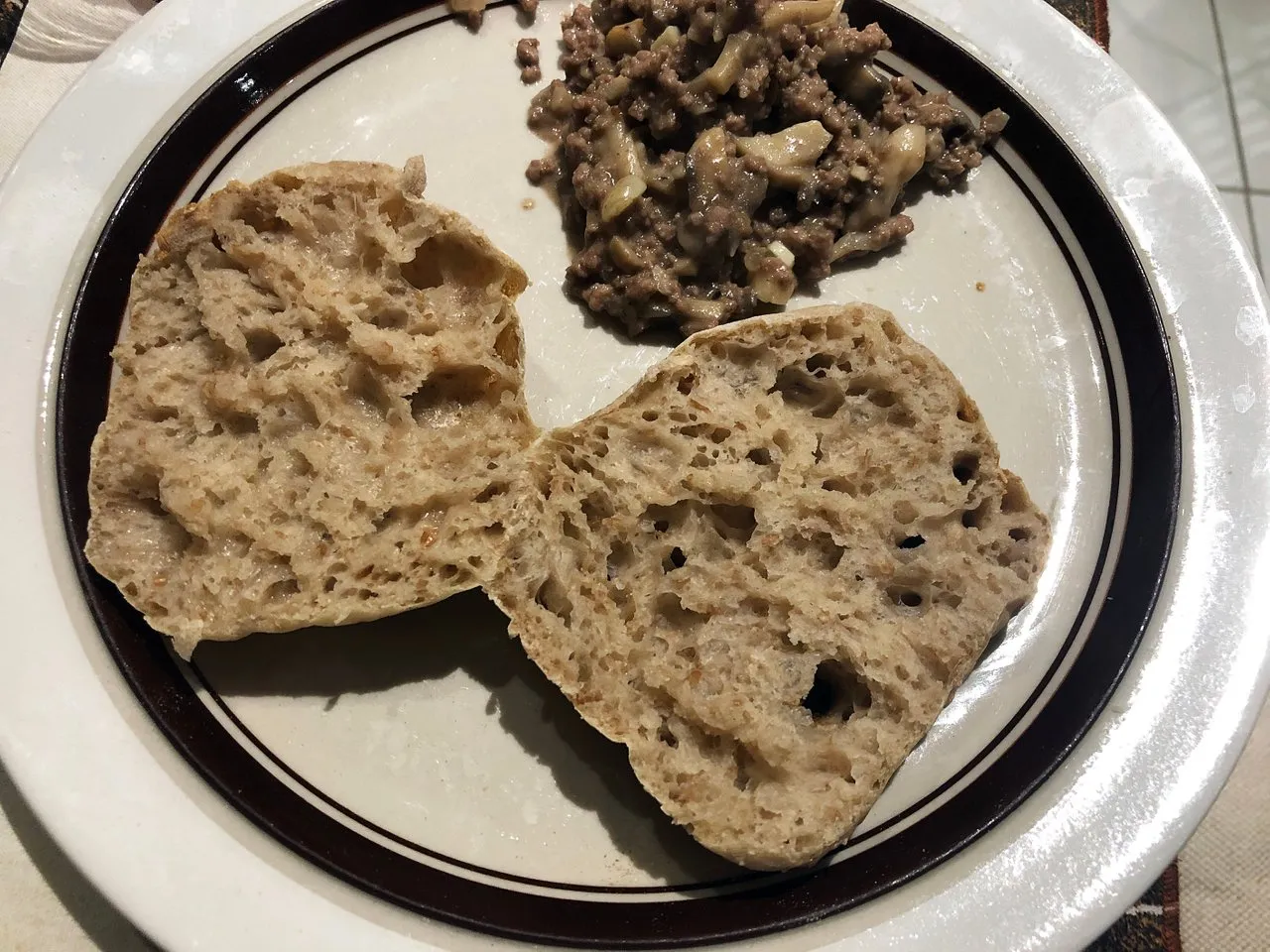Roosterkoek, loosely translated to grill or grilled cake, is a traditional South African food that stretches far back into the history of the Khoe people, arguably the original inhabitants of what is now called the Cape region of South Africa. (Source 1; Source 2.) Passed on by the generations of people in this area, this food has become synonymous with young people's first cooking experience over an open fire and coals from various cultures. My own memories are of making “stok brood” or “stick bread”. You take the same dough that you made for the roosterkoek, and you wrap it around a stick and cook it over a bed of coals. If it is done right, you pull the stick out, put in some sausage (or boerewors) where the stick was, and you are happy with your cooking skills. Those were the days.
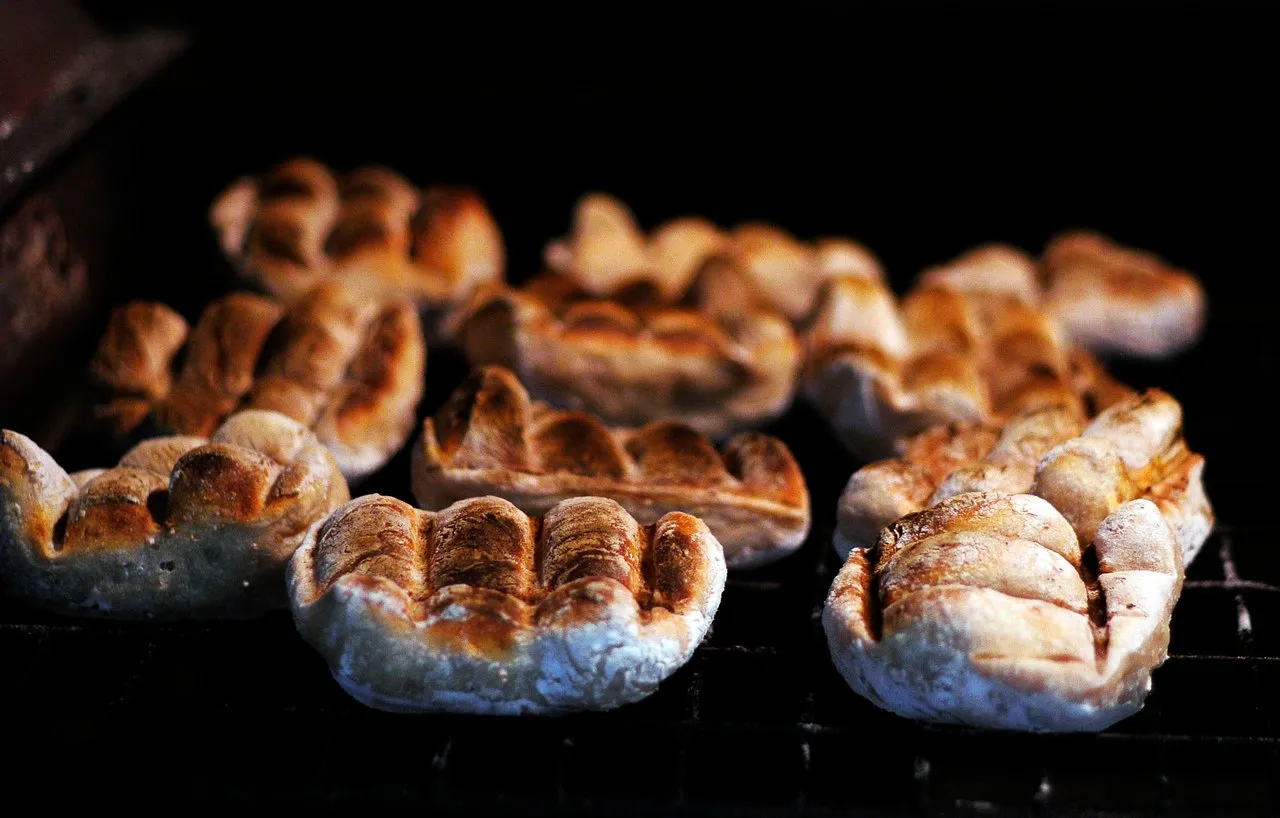
In this post, I will briefly look at the historical significance of this dish in especially contemporary South Africa. I proceed to rant a bit on modern “bread” recipes and by doing so, introduce my twist to this food: using sourdough instead of normal yeast. I would reckon that if the Khoe people leavened (i.e. used yeast) that they would have used wild yeast as conventional yeast is a modern invention in cooking. I showcase then how my family has eaten this food; slathering it with apricot jam, cheese and minced meat.

Tannie (Aunt) Poppie’s Roosterkoek: “Hy ruik so lekker, want hy smaak so lekker.”
When people think about roosterkoek, some will immediately think about Tannie Poppie and her roadside stall selling roosterkoek to all the passing cars and trucks. (For a heartfelt and sad history of Tannie Poppie, see this beautiful short film about her life. For a little more positive less sad side, see this video of her although it is only in Afrikaans.) She says about her roosterkoek:

“Hy ruik so lekker, want hy smaak so lekker.” (It smells so good because it tastes so good.)
And this with her whole demeanour speaks volumes about the significance that this food plays in especially contemporary South Africa. As mentioned, the tradition of cooking over coals stretch back to the Khoe people but has become mainstream across cultures in South Africa. Making roosterkoek is not easy, and hence the couple of farmstalls that have become famous in the last couple of years with charismatic people cooking it for you freshly. (Various by now famous farmstalls and restaurants offer freshly made roosterkoek, and for an awesome review of just a handful, see this post.) But finding the history of roosterkoek seems to be lost with the sands of time. I say this because the modern recipe for roosterkoek is written with modern ingredients and commercial yeast. Where would one even begin to look for “traditional” recipes of especially the Khoe-people? I think most people already agree upon the fact that the ingredients have changed throughout time, but the methods have stayed the same. And this is where my rant begins.

A Mini Rant About “Traditional” Recipes
How traditional is refined sugar, commercial yeast, and ultra-finely milled and processed white bread flour? I would reckon not that traditional. It has only become a mainstay in modern kitchens. Before commercial yeast become readily available in little sachets, people used “sourdough” to leaven and rise breads. Refined sugar was also expensive and not readily available, why would one put sugar in bread? I would reckon that sugar in bread only became a thing with modern yeast eating sugar, hence the need to add it to “activate” the yeast. Sourdough is notorious for being unable to ferment doughs like brioche with high sugar and oil amounts. To my understanding, normal yeast eats sugar, and sourdough (which contains wild yeasts and bacteria) eats proteins. Hence why you cannot really ferment sourdough for too long, but normal yeasted breads you can ferment (read: proof) up to ten times! (Or so it is claimed by the people from modernist bread, see the section (@45:35) called Dough CPR.). It irks me when people say you can burn bread (especially when you make roosterkoek over coals) because I would argue it is the sugar that burns. My sourdough breads never burn like “normal” bread, think that iconic blackened bread smell and taste. Rant over.
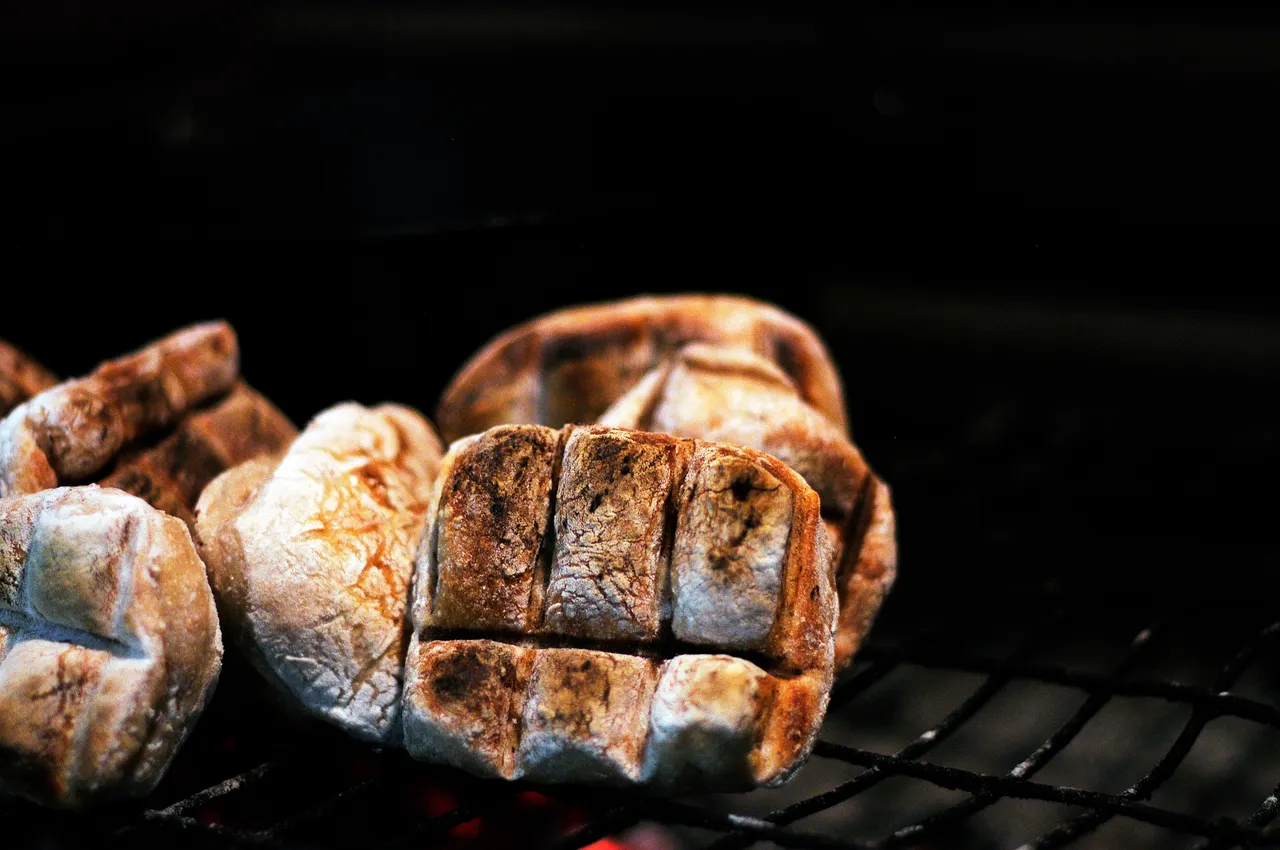
Now The Recipe and Method
Recipe
For the actual content of this recipe, I would argue use your preferred method of making a dough. If that is adding sugar and using commercial yeast, please do so. In this post, I will thus not show you how I made the dough, as I want you to use your own. I made a simple white bread sourdough:
- 500 grams of bread flour,
- 400 grams of water,
- 125 grams of active sourdough, and
- 12 grams of salt.

Method
I do not have the ideal setup, there is a roosterkoek grill purposefully made for it, but I just use my normal grill. As you can see in the images, my dough was also a bit slack, I added too much water. As I normally use 80% hydration for my doughs, I stuck with that percentage, and it was a bit too high. (If you want to read baker’s percentages, see my post here!) Cut the pieces into your desired size. I should have made mine bigger, but the small sizes are better for portion control.
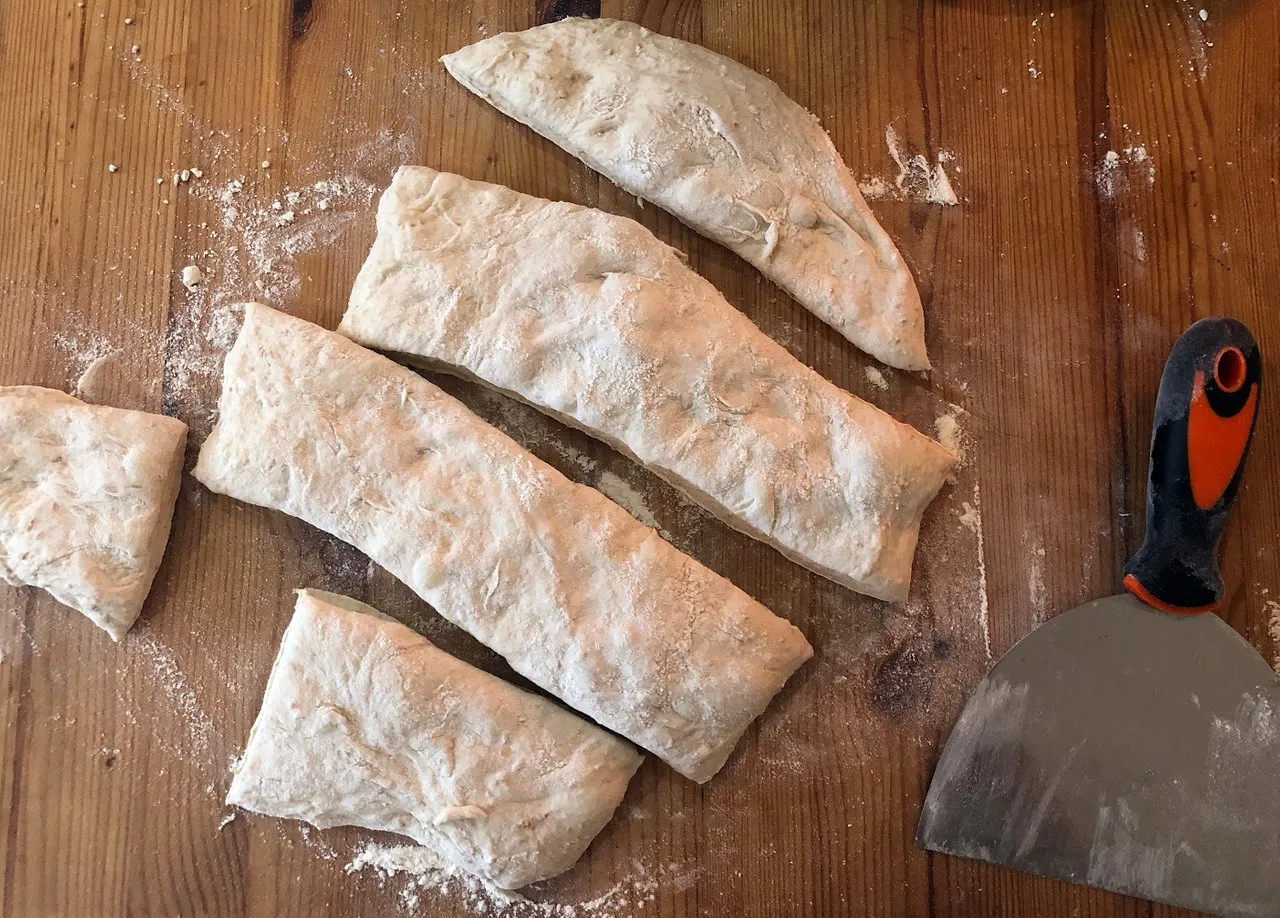
If you have a nice bed of coals, add the pieces onto the grill. Cooking with coals isn’t an exact science. I have cooked with it my whole life, so I can judge the temperature with my hand. There is an old South African way of telling if the coals are ready or too hot: tell aloud “one crocodile two crocodile” up to five with your hand over the coals and then the coals are ready. Translating this to something more practical, if you can hover your hand over the coals for 10 or so seconds, the coals are ready.

Cooking times will vary. Cook the first side well, or until it is nicely browned. Turn it around and do the same for the underside. If you cut your roosterkoek a bit bigger, you will need to grill all the sides, that is, bottom, top and all four sides. This is where the grill that is made for cooking roosterkoek in comes in handy. I just stack mine next to each other.

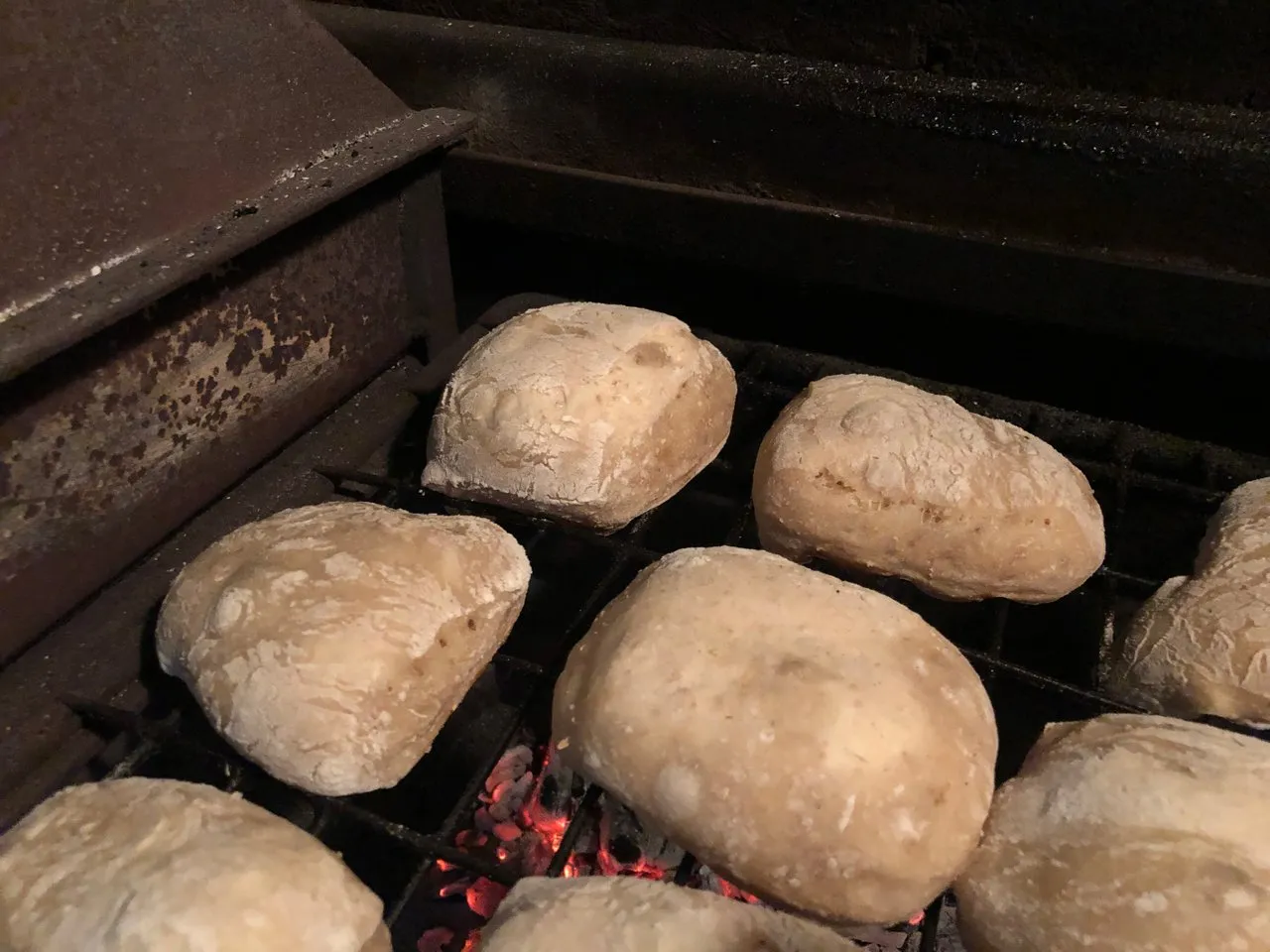
(Here you can see how they "swell" as they cook. As a baker, it is not until your bread gets that "oven spring" that you can breathe a sigh of relief.)
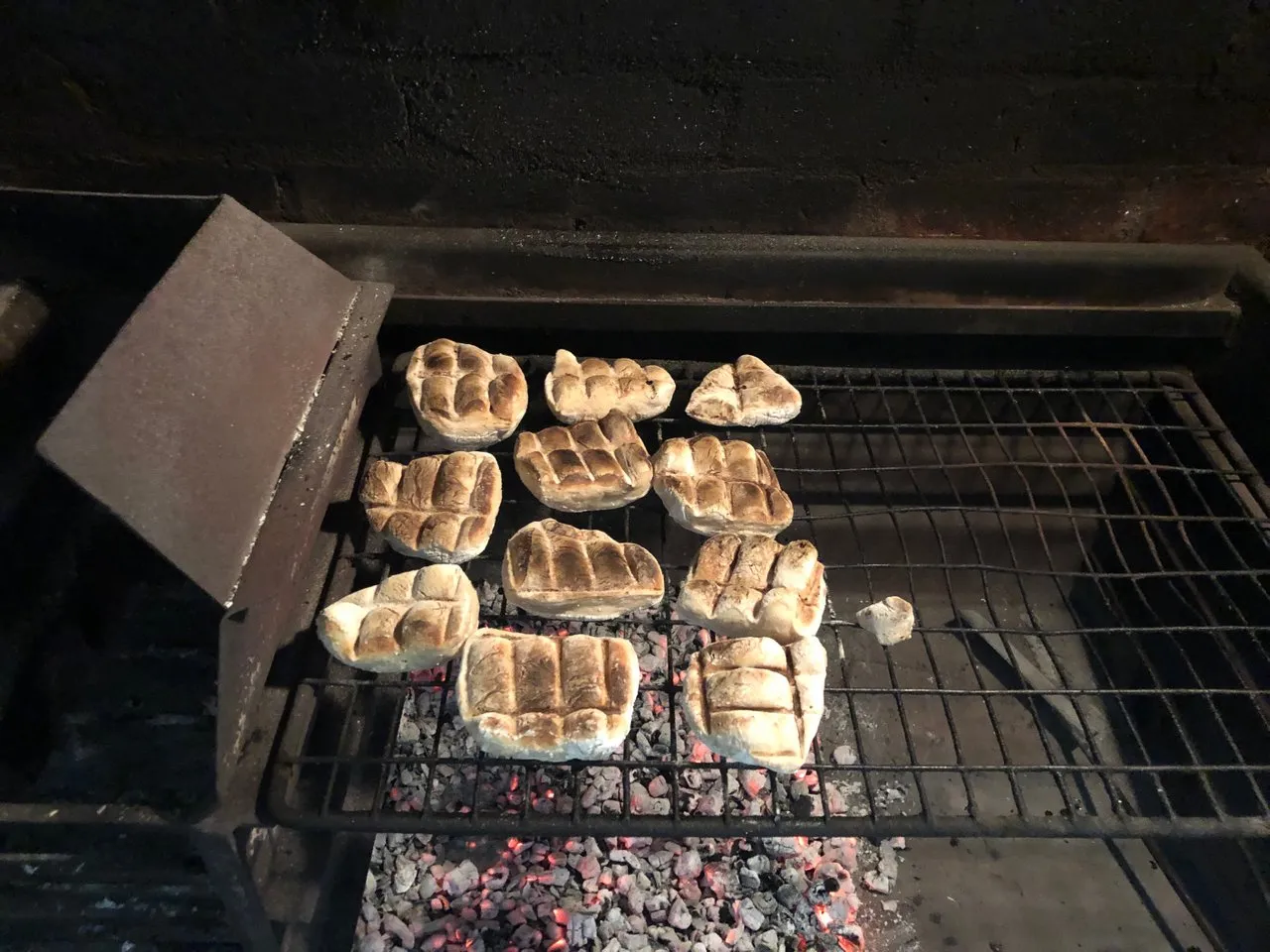
Roosterkoek is enjoyed with various things. Traditional fillings can be something like biltong (dried meat) and butter, or simply cheese and jam and butter.
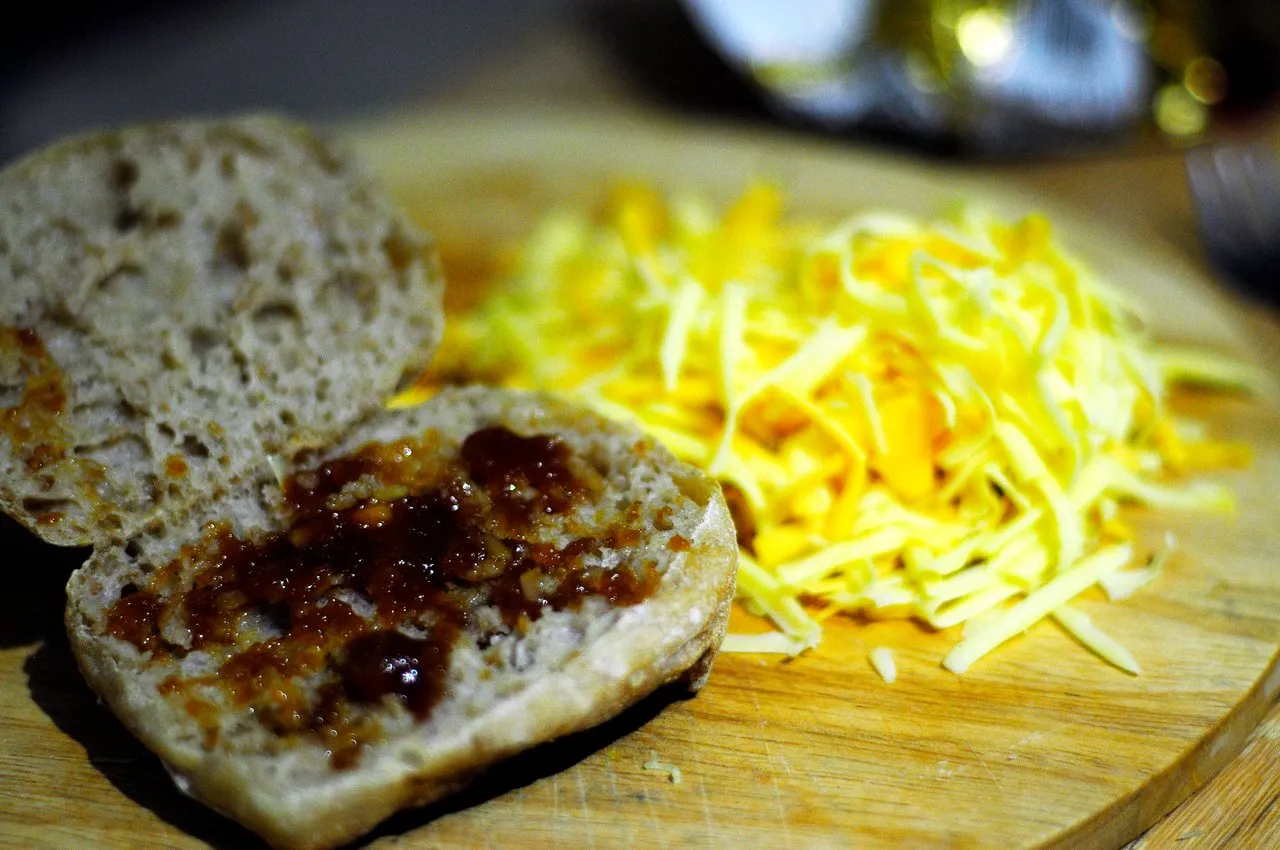
My family has a tradition of filling it with apricot jam, minced meat, and cheese. It stuck with the family throughout the years. It is not the prettiest dish, but it sure is one of the best.
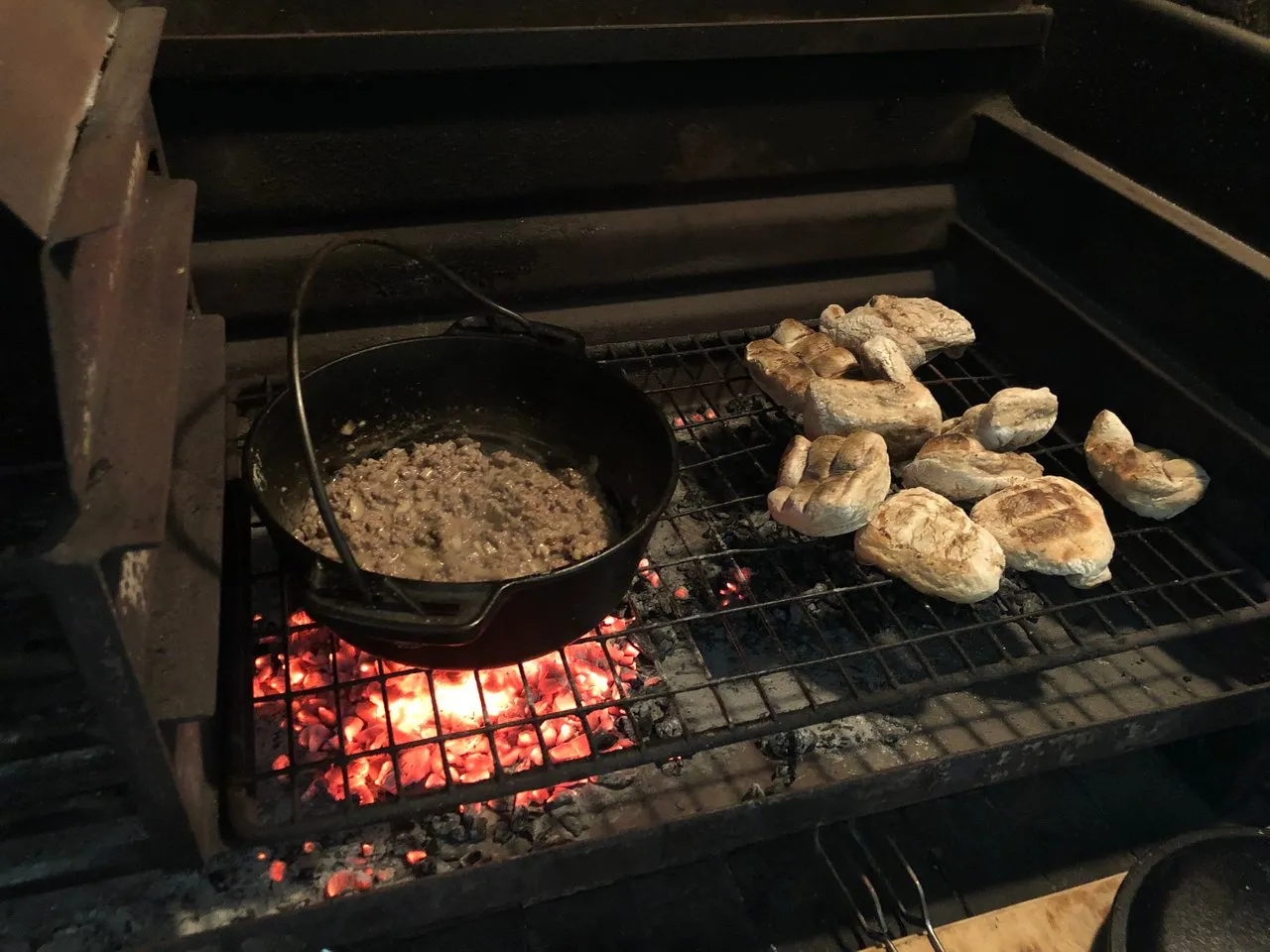
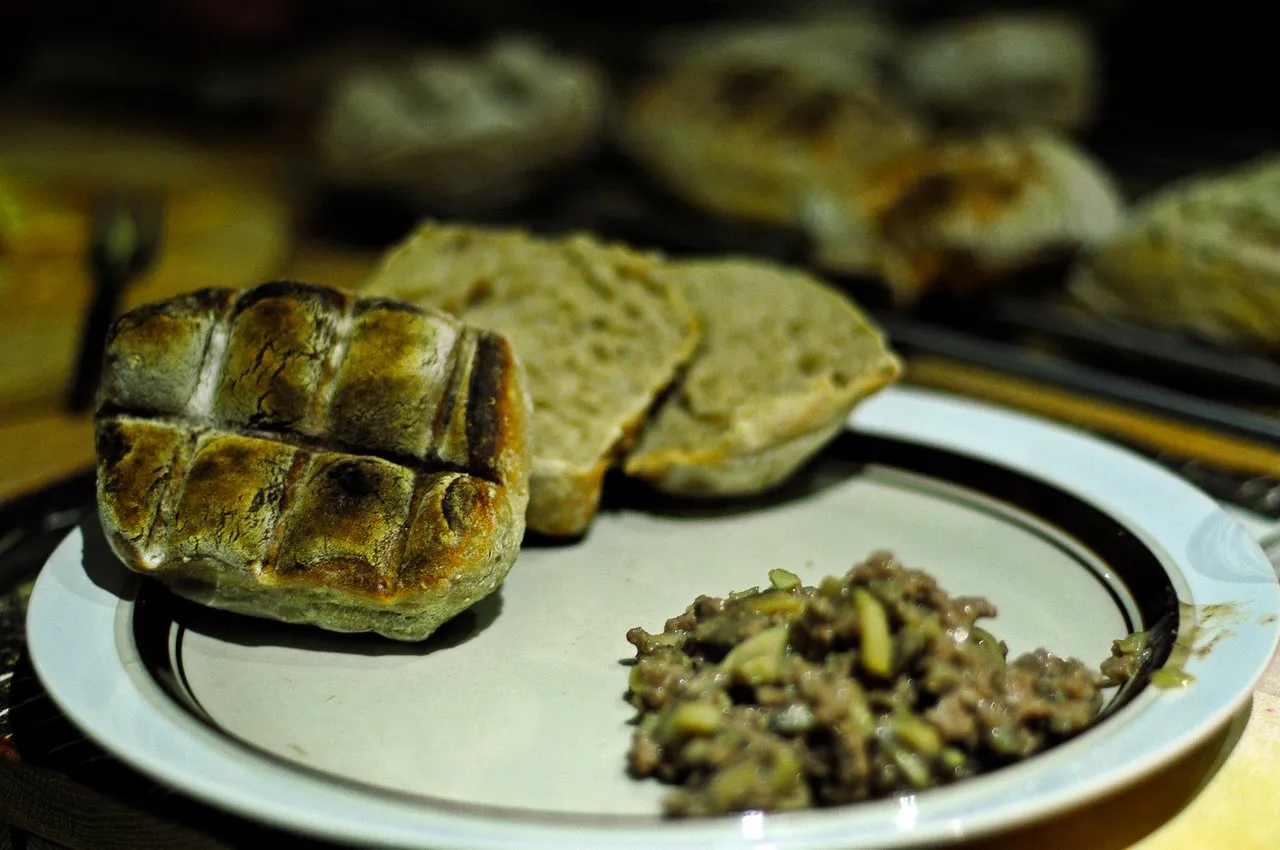
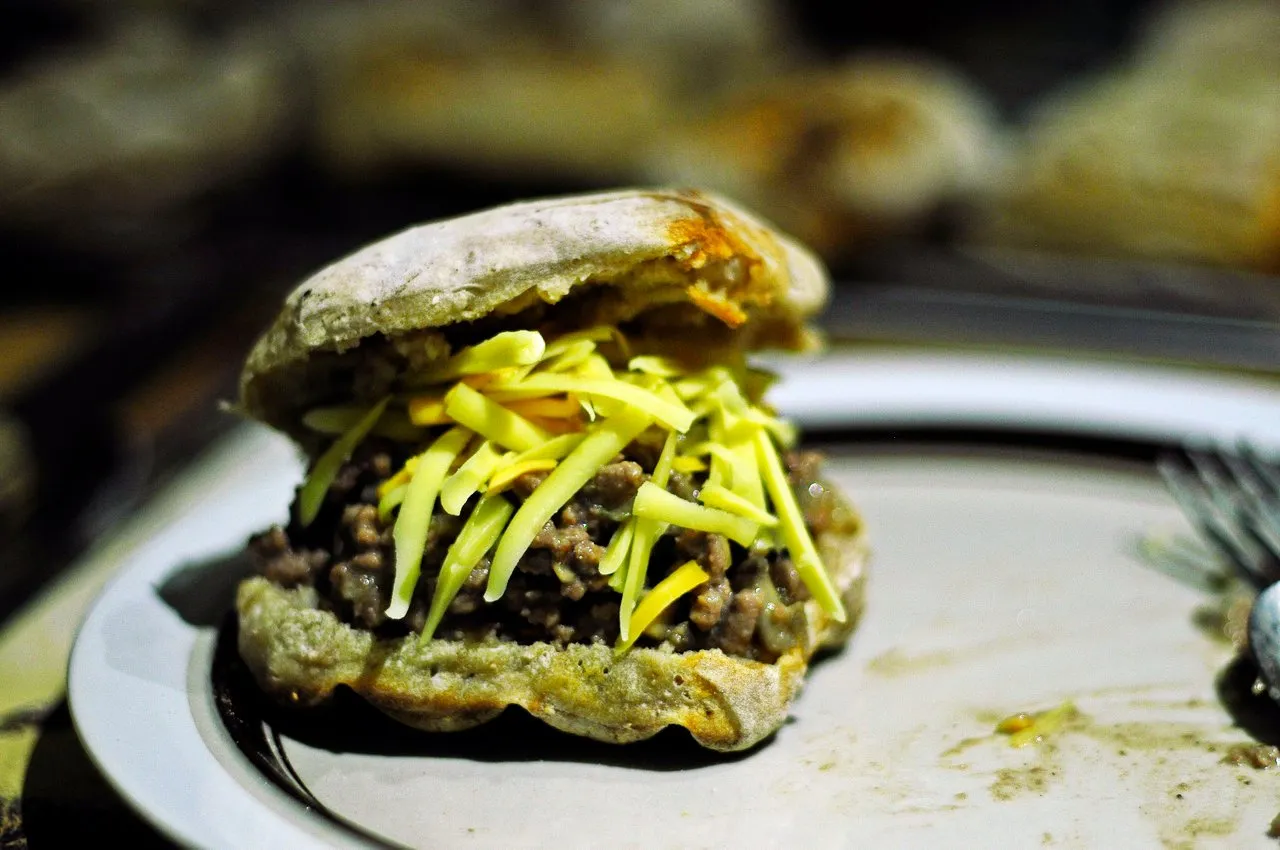
If you have never had this before, you are in for a treat. The taste is unlike anything you have tasted, as the wood fired coals give a unique taste to the roosterkoek. If you want to amp up the flavour even more, use sourdough instead of instant yeast. The longer you ferment the sourdough for the better the final product. But I am a bit biased towards sourdough, as I mainly use sourdough.
